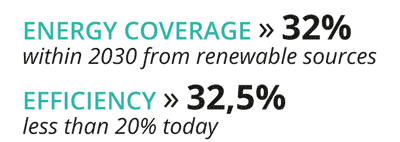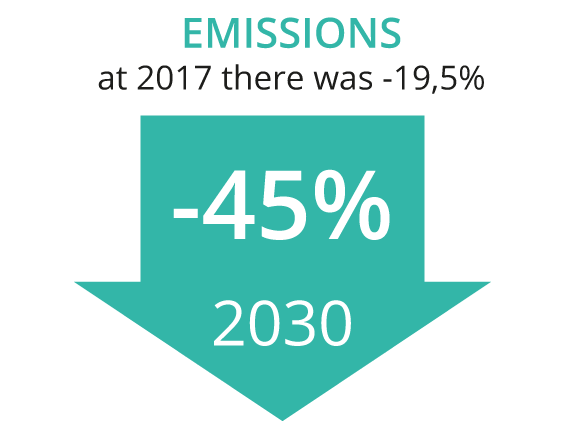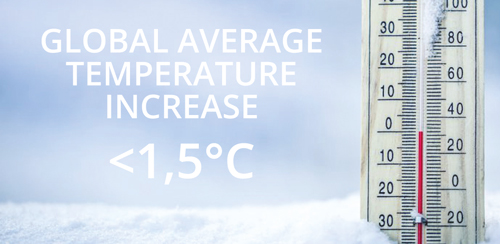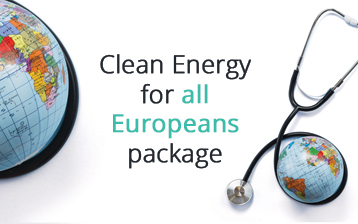In December 2018, the European Commission established a significant package of regulations supporting renewable energy and energy-saving, called “Clean Energy for All Europeans package”.
In particular, it aims to pursue European and International agreements for the creation of the “Energy Union”.
This document specifies the National Plans regarding climate and energy, encouraging investments in the “clean” energy sector.
2030 Objectives
The European Commission settled a set of objectives to be achieved within 2030.
These involve, first of all, energy coverage with renewable sources and energy efficiency.

For what concerns the electric market, a series of objectives (which were to achieve within 2020) have been revised; now, the electric interconnection has to reach a coverage of 15% within 2030.
The benefits of this project
The achievement of the goals fixed by the European Commission will bring higher quality of air, reduction in production of toxic wastes and advantages for companies in the renewable energy industry.
» If these policies are fully implemented, there will be a higher decrease in emissions by 2030 (higher than the initial target of 40%), compared to the values for 1990. In fact, with these policies it is possible to obtain a total reduction of 45%.

A wider project
The “Clean Energy for All European” package is a fundamental measure to lay the foundations for the creation of a “neutral climate economy” in 2050. The increase in the global average temperature must be reduced, with the aim of not exceeding 1.5 ° C.
The package of measures is divided into 7 strategic areas, partly developed and partly still to be perfected:
1. Energetic efficiency;
2. Implementation of renewable energies;
3. E-mobility, safer and more connected;
4. Competitive industry and circular economy;
5. Infrastructures and interconnections;
6. Bio-economics and natural carbon sinks;
7. Capture and storage of carbon to avoid further emissions.

What is it meant by “electricity interconnection objective”?
The European Council, in October 2014, invited all member States to achieve, by 2020, the interconnection of at least 10% of their electricity production capacity.
This means that each member State must have electric cables that allow to transfer to neighbouring countries at least 10% of the electricity produced by their own power plants.
The package comprehends 8 different legislative tests:
1. Energy Performance in Buildings Directive;
2. Renewable Energy Directive;
3. Energy Efficiency Directive;
4. Governance;
5. Electricity Directive;
6. Electricity Regulation;
7. Risk-Preparedness Regulation;
8. Rules for the regulator ACER.
The circular economy
Among the various solutions that are emerging to tackle the problems related to the climate, circular economy stands out. It is based on a greater use of renewable resources, the re-use of raw materials as well as valorisation of wastes.
If companies decided to adopt this type of approach rather than the linear type, they would benefit from a considerable competitive advantages Advantages include cost reduction, efficient energy use, and the reduction of CO2 emissions and optimization and security of the supply chain.





